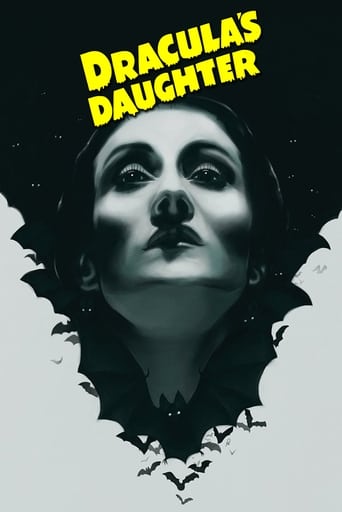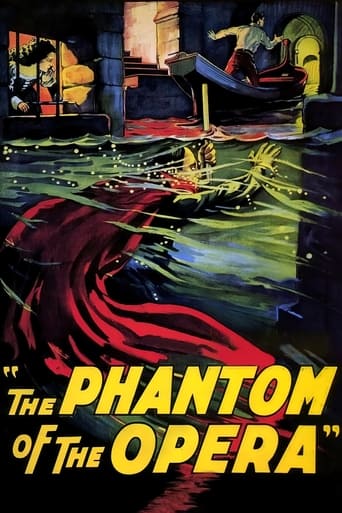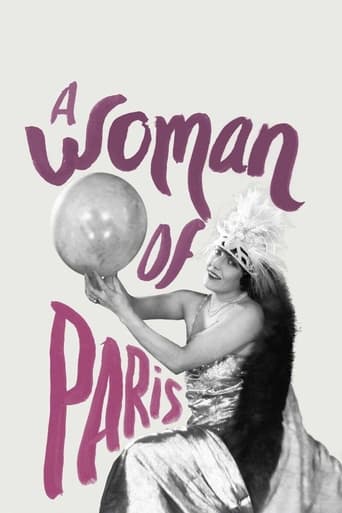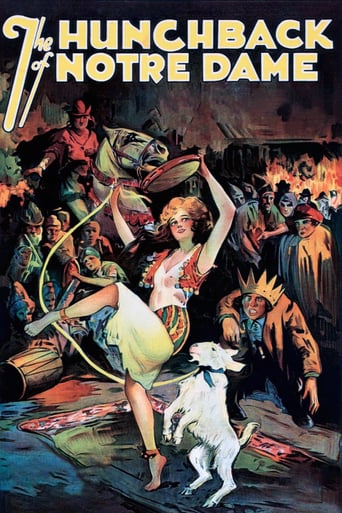


The Hunchback of Notre Dame
In 15th century France, a gypsy girl is framed for murder by the infatuated Chief Justice, and only the deformed bellringer of Notre Dame Cathedral can save her.
-
- Cast:
- Lon Chaney , Patsy Ruth Miller , Norman Kerry , Kate Lester , Nigel De Brulier , Brandon Hurst , Ernest Torrence


Similar titles
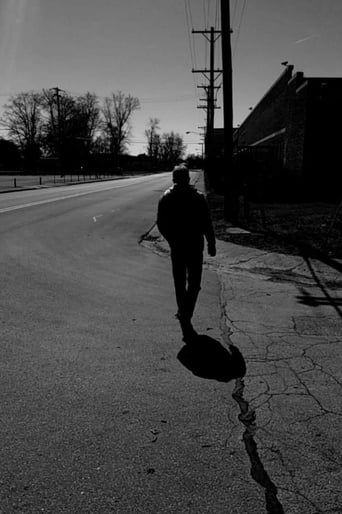
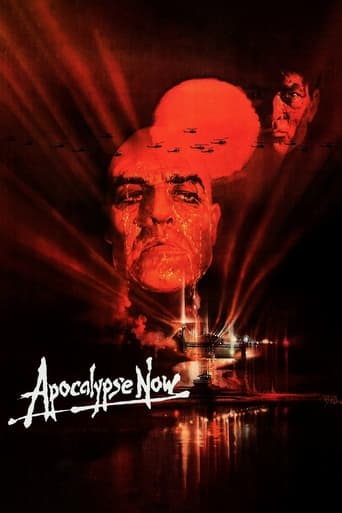


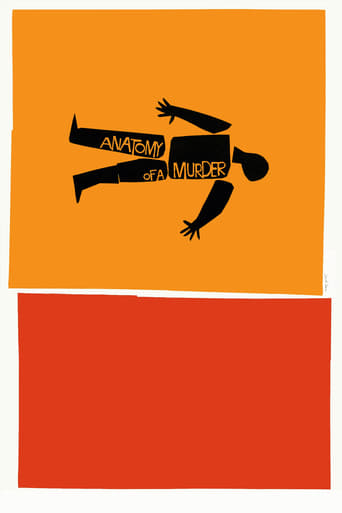
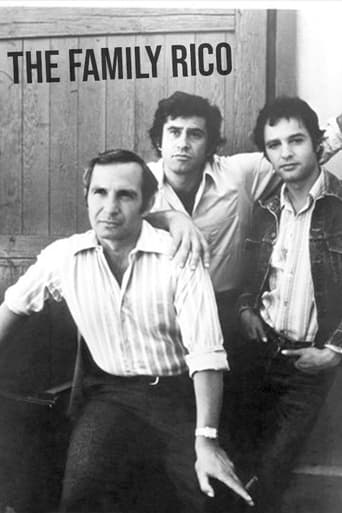


Reviews
The Worst Film Ever
Simply Perfect
Fresh and Exciting
Fanciful, disturbing, and wildly original, it announces the arrival of a fresh, bold voice in American cinema.
Once you have seen Lon Chaney in his incredible make-up, and witness his acrobatic tumbles along the walls of the Gargoyled Cathedral, you will never forget it. A testament to a visual Artist and an enduring presence on screen.He becomes a dual persona of Monster and Man in the same shot. Although heavily masked with horrific features that are truly scary, there is undoubtedly a Heart and Soul beneath the Wordly exterior.The Film is superbly mounted and populated with peasants and pageantry that make this more than Chaney and the Hunchback but it is far less when he is absent. A must see in its newly discovered transfer from a 35MM Print with Tint and Score. Try and erase the memory of all of those cut, and awful Public Domain Videos that have been around for ever and rediscover this one before making final judgments and comparisons to the many other Filmed versions.
Quasimodo is a deformed (deaf and half-blind) bell-ringer of the famous Cathedral of Notre Dame in Paris. Jehan Frollo, the evil brother of Dom Claude Frollo, the saintly archdeacon of Notre Dame, prevails upon him to kidnap the fair Esmeralda, the adopted daughter of Clopin, who is the king of the oppressed beggars of Paris' underworld. The dashing Captain Phoebus rescues her from Quasimodo, while Jehan escapes and leaves him.This is Lon Chaney's breakout performance, and the most familiar version of "Hunchback" (besides the Disney cartoon). It is not a happy tale, with the hunchback being both abused and bitter against mankind. He is a very angry man at times, much more venomous than you would expect.Some of Chaney's acting seems a bit over the top and Vaudevillean. He overemphasizes, his gestures are wild, and the way he rings the bell is more like a chimpanzee than a man. It just further dehumanizes Quasimodo.The version I watched could have been of better quality, and the music was very repetitive, which grew annoying after a while. But, I suppose, if you want to see a piece of horror history and Lon Chaney's work, this is one to see.
Visually, Wallace Worsley's adaptation of 'Notre Dame de Paris' is stunning: the lavish sets are atmospheric; the costumes, while not always historically accurate, are attractive; and the film is lively and well-shot, with (on the whole) an excellent cast. It could have been a superb early Hollywood epic. Unfortunately, the script was maimed by censorship, which set the tone for subsequent US attempts to film Hugo's spectacular novel of 15C Paris. *Some spoilers follow, as I wish to compare the book and the film.*The title itself reflects part of the problem. Despite Victor Hugo's disapproval, since 1832, many popular English-language translations of 'Notre Dame de Paris' have appeared under the 'Hunchback' title, promoting the supporting character of Quasimodo to the leading role. The NAMPI 'Thirteen Points', which prefigured the Hays Code, further fuelled this change of narrative focus. They prohibited the depiction of the clergy in ways that might provoke hostility or loss of respect: a huge obstacle in adapting this novel, which centres upon Claude Frollo, a brilliant young priest who destroys himself and all he loves because he can no longer cope with his vow of celibacy. Other characters were also problematic for the censors: Esméralda's long-lost mother is a penitent former prostitute; the teenaged student Jehan is a drunkard and frequenter of brothels; Phbus is a rake who takes Esméralda to a sleazy 'house of assignation' and almost succeeds in seducing her – indeed, she plasters herself over him more or less begging him to take her! How could the book be sanitised for filming under NAMPI rules?The script retains Claude Frollo's identity as Archdeacon, but makes him remain the sweet, saintly adoptive father of the deformed foundling Quasimodo. It transfers his passion for Esméralda and his alchemy to his secular brother, Jehan – a spoilt and dissolute undergraduate in the book, but here a middle-aged villain, in league with the king of the underworld, Clopin. Without the psychological conflict over religious vows, the 'thwarted desire' plot loses meaning and intensity. It becomes just another story in which a man ruthlessly pursues a girl who loves someone else. It also wastes the talents of the British actor Nigel de Brulier, whose ascetically handsome features make him one of the best film-Claudes in looks. He could have played Hugo's Claude magnificently, judging by his performance as the prophet Jokanaan, tormented by another provocative teenaged dancer in Alla Nazimova's film of Oscar Wilde's 'Salomé'. Instead, all he has to do is look pious in a cassock. Film-Jehan (Brandon Hurst) is merely a moustache-twirling melodrama villain, or would be, if he had a moustache!The moustache, however, in one of Hugo's more egregious anachronisms, belongs to Phbus de Châteaupers (Norman Kerry), whom the script cleans up to be a conventional romantic lead (a decision copied by Disney in 1996). Yes, he tries to seduce Esméralda (the delightful Patsy Ruth Miller – young, carefree and charming), but here she resists, and he is won over by her virtue. The film also invents a Cinderella-type scene where she goes to a ball, dressed up as a lady, and captures his heart from his aristocratic fiancée Fleur-de-Lys. And of course, despite the various trials and tribulations, they will be rewarded with a happy ending. Pierre Gringoire's role is minimised to that of occasional comic relief: a pity, as he is great fun when he is on screen. Pâquette/Sister Gudule, Esméralda's mother, makes her only Hollywood appearance in this adaptation, in sanitised form, played by Gladys Brockwell. In flashback, we see her as a wealthy lady (presumably a widow) in a grand house, not as the impoverished young prostitute of the novel. Her death is placed earlier than in the novel and in somewhat different circumstances. The script bungles the drama of the belated recognition and reconciliation between mother and daughter: here, Pâquette recognises her child, then dies – but Esméralda apparently remains none the wiser. Poignant though this is, it seems an odd anti-climax: did this plot-element seem too melodramatic even for 1920s audiences?These days, the reputation of the film rests chiefly on being a star-vehicle for Lon Chaney as Quasimodo – much overrated, I thought. His make-up was certainly elaborate by the standards of the time – indeed, too extravagant to be convincing. Quasimodo is a twenty-year-old boy with severe disabilities: he is not a human-ape hybrid, which is what Chaney (wearing an alarming amount of false body-hair during the flogging scene) appears to be playing. In a cinematic reversal of evolution, he is more like an ancestor of King Kong: just swap the Gothic towers of Notre Dame for the Art Deco lines of the Empire State Building. The ending, too, prefigures that of the great ape film: the heroic 'monster' is killed off so that the physically attractive young lovers can be reconciled. It's certainly not Victor Hugo! Indeed, having Quasimodo expire in the arms of his adoptive father, Claude, so far overturns the tragic climax of the novel that it belongs in an entirely alternative universe.Without the distortions of narrative and character imposed by censorship, the talents assembled here could have made a wonderful film. Sadly, the NAMPI restrictions left it picturesque but stunted and deformed – much like Quasimodo himself.
Victor Hugo's classic story "Notre Dame de Paris", or as it's more commonly known as "Hunchback of Notre Dame", was filmed in Hollywood as early as in the 1920's, during the era of silent films. The result is one of the biggest silent film productions, with a budget of over one million dollars and a team of hundreds.If there ever comes a moment when you think that silent films are really primitive and don't have much a quality, just take a one look of this classic and dare to think so again. The sets of the 15'Th century Paris, along with very detailed replica of Notre Dame Cathedral, are absolutely stunning to view, even in this day. The actor's are overall all doing a superb job and the director, Wallace Worsley, keeps the entire production nicely together.Hugo's story has gone through some changes, producers probably thinking that they can't let every character in the film die. So unlike in the book Phoebus is presented as a really chivalrous good guy. Not wanting to anger church by making a priest the bad guy of the film, Claude Frollo is a good archdeacon of Notre Dame, whereas his not-so-good brother Jehan is the scumbag lusting after Esmeralda. On the other hand, film does also have some scenes and elements from the book that other movie versions have failed to show, for example the crazy old woman living in cathedral has never appeared in any other film. Also not many versions tend to show Quasimodo's acrobatic skills of jumping from one gargoyle to another, but this film has one amazing scene where he literally climbs down from the bell tower to the streets of Paris.19 years old Patsy Ruth Miller is both beautiful and innocent in her demanding role as Esmeralda, and her performance just might be the most closest to Hugo's book. Norman Kerry starts in the film as a bit too egoistic Phoebus but soon turns into a good guy and delivers an okay performance. Ernest Torrence is fantastic as Clopin, king of the beggars, who dreams of better times for his "people" and Raymond Hatton delivers the only genuinely funny Gringoire performance I've seen, most memorable the scene where he tries to eat from Phoebus' table. Nigel De Brulier plays the saint-like good archdeacon and Brandon Hurst his evil, wicked brother. Both men are fine in their roles and I think either one could have also survived a more faithful performance as Frollo, if the character had been kept like in the book.But seriously, the true star of this movie is Lon Chaney as Quasimodo. Although Chaney had appeared in numerous films before "Hunchback", it was the role of Quasimodo that finally brought the much deserved recognition for "the Man of Thousand Faces". The makeup that Chaney designed for himself alone is impressive, with deformed face and heavy hunch, but to be able to perform so many emotions through that makeup and without a sound truly amazing work, even better than Charles Laughton. The most touching moment of the film is when Esmeralda softly strokes Quasimodo's head and Chaney shows so many emotions while doing very little. Also Quasimodo's death scene has never been as touching as in this movie. Chaney would couple years later play the title character in "the Phantom of the Opera", the film he is best remembered from. Yet he does deserve equal amount of good credit from his role as Quasimodo.Although often marketed as "early horror film", the silent version of "Hunchback of Notre Dame" is most of all a historical drama. It's certainly not the most faithful version to the Hugo's book and is pretty long film also, over two hours. However it's also visually and technically stunning film and has a great casting. Recommended to both silent film lovers and the fans of Victor Hugo's works.

